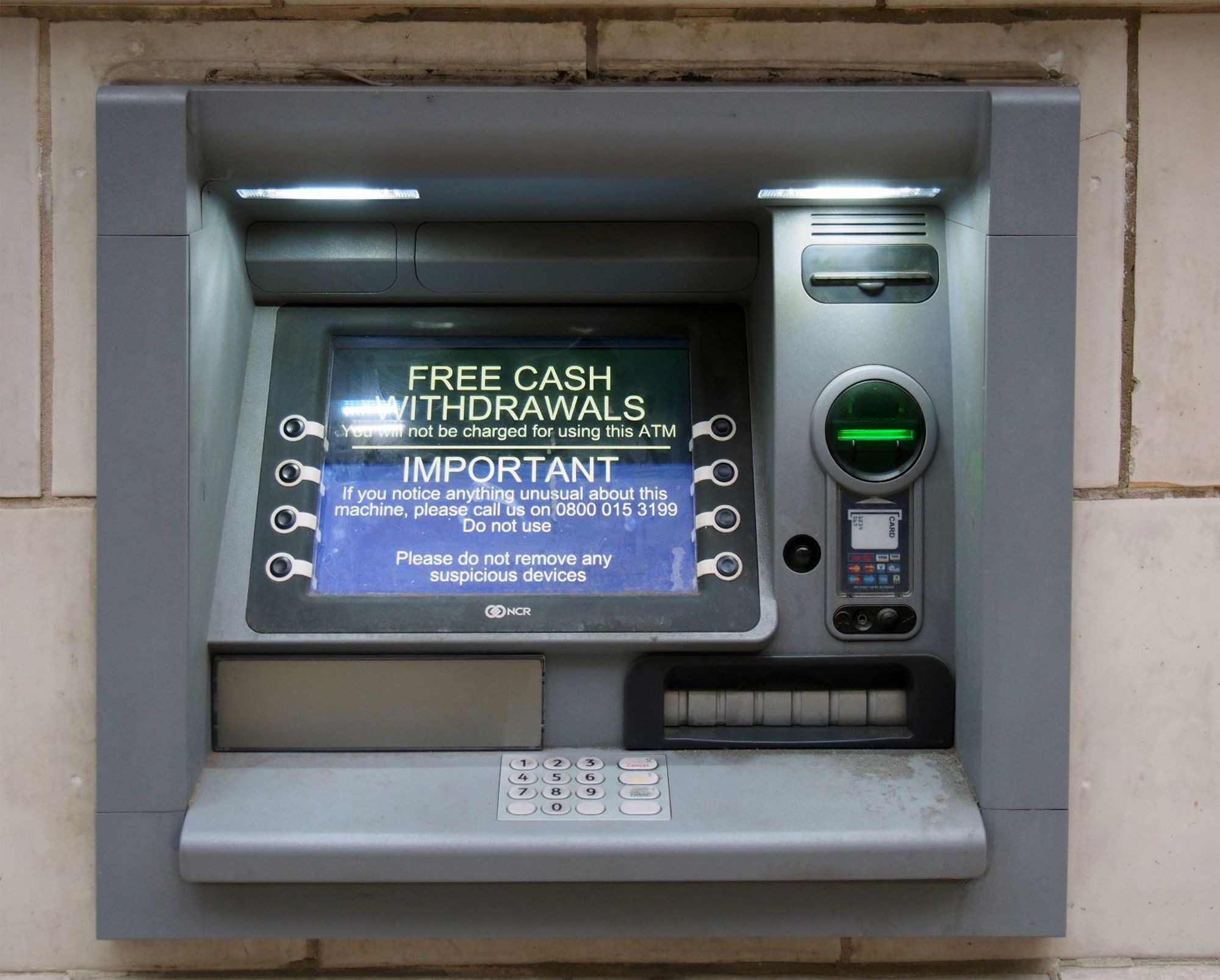News
Consumers withdrew £79.5bn from LINK ATMs in 2024

New data published today by LINK, the UK’s cash access and ATM network, shows that consumers withdrew almost £80 billion from cash machines in 2024, a 1.2% reduction on 2023.
In total, adults over the age of 16, made 915 million cash withdrawals last year, 60 million (6.1%) less than in 2023. This works out at approximately 16 trips to the ATM per person, withdrawing an average of £86 each time, a total of £1,424 during the year.
ATMs represent 93% of all cash withdrawals in the UK, ahead of cashback and counter transactions at bank branches, post offices and banking hubs.
Regional differences
Since the pandemic, with more people choosing to use contactless and digital payments, cash and ATM use has fallen significantly. However, cash use remains popular with regular LINK research showing around 75% of adults using cash at least once a fortnight. People are visiting ATMs less often but are withdrawing more cash when they do visit. Within the data, we can see that every region and nation across the UK saw a fall in total cash withdrawals. This was highest in Scotland and London. Interestingly, both the North-East of England and Wales saw small increases in the total value of cash withdrawn.
Northern Ireland remains the most cash heavy part of the UK. In 2024, with Northern Irish banking customers withdrawing an average £2,274.
The second and third cash heaviest regions were Yorkshire and the Humber (£1,696) and the North-East (£1,682). Yorkshire was the only region where the average increased rising just over two per cent from £1,658. ATM use was lowest in the South-West, where the average customer withdrew £1,030 followed closely behind by the South-East (£1,030).
ATM numbers
LINK’s role is to protect the footprint of cash access network, ensuring everyone can get the cash that they need. As cash use continues its long-term decline, the number of ATMs has also fallen, as expected. By the end of 2024, there were 5% per cent fewer cash machines than at the end of 2023 (48,401 vs 46,182). Of these, 37,361 are free-to-use, down from 38,480 and 8,821 charging ATMs, down from 9,921. LINK has multiple financial inclusion programmes in place, and indeed a statutory obligation, to ensure everyone has good free access to cash and an unchanged 9 in 10 people still live within 1km of a free cash access point (an ATM, post office or banking hub).
New FCA rules
In 2024, the Financial Conduct Authority introduced new rules to protect access to cash across the UK. These new rules include measures that mean LINK now independently assesses the needs of a location following the closure of a bank branch. Communities can also request LINK to assess their high street if they believe it lacks appropriate cash services. To date, LINK has recommended 184 banking hubs and over 100 deposit services to support cash in the community. These are being delivered by Cash Access UK, who opened the 100th banking hub in late 2024.
Graham Mott, Director of Strategy, LINK: "Cash usage is falling in line with our own expectations as more people choose to shop online or pay with card. However, cash remains popular for many reasons. Our own research shows that millions still rely on it because they’re still not confident, able or can afford to use digital payments. For those on low budgets, there’s still no better alternative to managing your finances than using notes and coins. Notwithstanding, as we saw last year during the CrowdStrike IT issues, if and when systems go down, cash is quite often the only option.
“LINK’s job is to protect access to cash, which means that even as cash and ATM use falls, we will continue to ensure that every street is protected. We’re also pleased that we have recommended almost 200 banking hubs, allowing people and businesses that rely on cash to be able to readily access and deposit cash."
|
Region |
Withdrawal per adult (2019) |
Withdrawal per adult (2020) |
Withdrawal per adult (2021) |
Withdrawal per adult (2022) |
Withdrawal per adult (2023) |
Withdrawal per adult (2024) |
|
Northern Ireland |
£2,931 |
£2,124 |
£2,070 |
£2,266 |
£2,340 |
£2,274 |
|
London |
£2,572 |
£1,838 |
£1,699 |
£1,744 |
£1,684 |
£1,575 |
|
Scotland |
£2,553 |
£1,670 |
£1,578 |
£1,686 |
£1,674 |
£1,604 |
|
North-West |
£2,420 |
£1,745 |
£1,662 |
£1,709 |
£1,670 |
£1,595 |
|
Yorkshire & The Humber |
£2,379 |
£1,705 |
£1,624 |
£1,691 |
£1,658 |
£1,696 |
|
North-East |
£2,378 |
£1,711 |
£1,632 |
£1,745 |
£1,718 |
£1,682 |
|
West Midlands |
£2,191 |
£1,612 |
£1,523 |
£1,579 |
£1,556 |
£1,503 |
|
East Midlands |
£2,017 |
£1,427 |
£1,352 |
£1,400 |
£1,379 |
£1,326 |
|
Wales |
£2,005 |
£1,407 |
£1,349 |
£1,454 |
£1,441 |
£1,415 |
|
East of England |
£1,894 |
£1,299 |
£1,223 |
£1,260 |
£1,242 |
£1,200 |
|
South-East |
£1,780 |
£1,196 |
£1,115 |
£1,165 |
£1,145 |
£1,096 |
|
South-West |
£1,684 |
£1,090 |
£1,023 |
£1,069 |
£1,064 |
£1,030 |
|
Total |
£2,193 |
£1,534 |
£1,462 |
£1,564 |
£1,484 |
£1,424 |
Population based on adults aged 16 and over from Office for National Statistics (here)

Comparing the number of cash machines at the end of December 2020, 2021, 2022 and 2023.